
Ajahn Sumedho
Excerpts from “Intuitive Awareness,” the. chapter titled: “The End of Suffering is Now,” retitled in this blog: “Noticing the way it is” This is the first of two parts. The original by Ajahn Sumedho, is a free Dhamma publication available as PDF, EPUB, MOBI. Look for the link at the end of this post.
The term sakkāya-diṭṭhi (personality view’ or the ego) refers to perceptions we hold in regard to our identity with the five khandhas as belonging to ‘this person.’ However, instead of starting with a perception or a conception of anything, the Buddha established a way through awakened attention, where consciousness is with the present moment, beginning to explore sakkāya-diṭṭhi in terms of the perceptions you are attached to and regard as your ‘self.’ I emphasize deliberately conceiving yourself as a person, with the thought: ‘I’m an unenlightened person who has come here to Amaravati in order to practise meditation so that I will become an enlightened person in the future.’ You can have comments about this, form more perceptions about these perceptions, but that’s not the point. This deliberate thinking allows us to listen to ourselves as we think.
When you are caught in the wandering mind, you lose yourself; you just go from one thought to another and get carried away. But deliberate thinking is not like wandering thinking. It’s intentional, for you are choosing whatever you are going to think. The important thing is not the thought, or even the quality of the thought, whether it’s stupid or intelligent, right or wrong. It’s the attention, the ability to observe the thoughts that you are deliberately thinking. What happens to me is that before I start thinking, ‘I am an unenlightened person,’ there is a space. There is an empty pause before you deliberately think. So, notice that. That’s just the way it is; there is no perception in that space, but there is attention to it, there is awareness before ‘I am an unenlightened person’ arises. Thinking about this is not wandering thinking, it’s not judging or analyzing, but just noticing it’s like this. When you deliberately think, you can also use thought to keep pointing to this awareness, noticing the way it is.
With the pronoun ‘I’ in a sentence such as, ‘I am an unenlightened person,’ if you listen to it and the words that follow, you will realize that you are creating this consciousness of yourself through the words you are deliberately thinking. That which is aware of your thinking – what is that? Is it a person who is aware? Or is it pure awareness? Is this awareness personal, or does the person arise in the awareness? This is exploring, investigating, and by doing so you are getting to notice the way it is, the Dhamma, that there is actually no person who is being aware; it’s rather that awareness will include what seems personal.
‘I am an unenlightened person who needs to practise meditation in order to become an enlightened person in the future.’ With thoughts like this, one assumes I am this body, with this past. I am … years old, born in such and such a place, I’ve done all these things and so I have a history to prove that this person exists. I have a passport and a birth certificate, but really there doesn’t seem to be any person in the awareness.
I find the more I am aware, my personal past seems totally unimportant and of no interest whatsoever. It doesn’t mean anything, actually. It’s just a few memories. Yet taking it from the personal view, if I get caught in thinking about myself as a real personality, then suddenly I find my past important. An identity gives me the sense that I am a person. ‘I have a past, I am somebody. I am somebody important; or not terribly important, but at least I feel connected to something in the past. I have a home, I have a heritage.’ Some people talk about losing the sense of their identity because they’re refugees, their parents are dead, they’re of mixed race, or they don’t have any real clear identity of themselves as belonging to something in the past. The sense of a personality depends very much on proving that you are somebody, your education, your race, your accomplishments or lack of accomplishments, whether you are an interesting or uninteresting person, important or unimportant.

In meditation we are not trying to deny personality. We are not trying to convince ourselves that we are non-people, grasping ideas that ‘I have no nationality, I have no gender, I have no social class, I have no race, the pure Dhamma is my true identity.’ That’s still another identity. That’s not it. It’s not about grasping the concepts of no-self. It’s in realizing, in noting through awakened attention the way things really are. In this simple exercise of saying, ‘I am an unenlightened person,’ this process can be quite deliberate.
When I did this exercise, it became clear what awareness is – sati-sampajañña, mindful, apperception. There is awareness, then thinking and perceptions arise. So deliberately thinking ‘I am an unenlightened person’ arises in this awareness. This awareness is not a perception, it’s an apperception; a cognition that includes perception. Perceptions arise and cease. Awareness is not personal, it doesn’t have any Ajahn Sumedho quality to it, it’s not male or female, bhikkhu or sīladharā (nun), or anything like that; it has no quality on the conventional, conditioned level. It is like nothing. This awareness – ‘I am an unenlightened person’ – and then nothing. There’s no person. So, you are exploring, you are investigating these gaps before ‘I’ and after ‘I’. You say ‘I’ – there’s sati-sampajañña, there’s the sound of silence. ‘I am’ arises in this awareness, this consciousness. As you investigate this, you can question.
This awareness is not a creation, whereas ‘I am’ is something I create. What is more real than ‘I am an unenlightened person’ is this awareness, sati-sampajañña. Awareness is continuous, it’s what sustains. The sense of yourself as a person can go any which way. As you think about yourself and who you are, who you should be, who you would like to be, who you do not want to be, how good or bad, wonderful or horrible you are – all this whirls around, it goes all over the place. One moment you can feel, ‘I’m a really wonderful person,’ the next moment you can feel, ‘I am an absolutely hopeless, horrible person.’ But if you take refuge in awareness, then whatever you’re thinking doesn’t make much difference. Your refuge is in this ability to rest in awareness, rather than in the gyrations and fluctuations of the self-view, of your sakkāya-diṭṭhi habits.
Notice how being a person is really like a yo-yo; it goes up and down all the time. With praise you feel you’re wonderful – then you’re a hopeless case, you’re depressed, a victim of circumstances. You win the lottery and you’re elated. Then somebody steals all the money and you’re suicidal. This is because the personality is like that. It’s very dependent. You can be terribly hurt on a personal level. Or you can be exhilarated: people find you just the most wonderful, thrilling, exciting personality and you feel happy.
When I was a young monk, I used to pride myself on how well I kept the Vinaya discipline, that I was really, really good with the Vinaya. I understood it and I was very strict. Then I stayed for a while with another monk on an island called Ko Sichang off the coast of Siraja. Later on, this monk told somebody else that didn’t keep good Vinaya. I wanted to murder him! Even Vinaya can support another form of self-view. As when somebody says, ‘Oh, Ajahn Sumedho is exemplary, a top-notch monk!’ – that feels wonderful. Then, ‘He’s a hopeless case, doesn’t keep good Vinaya,’ – I want to murder him. So, then I begin to question ‘Just how good a monk am I?’ This is how untrustworthy the self is.
In fact, being a person of any kind is an untrustworthy state to put your refuge in, because we can rise to great altruism and then sink to the most depraved depths in just a second. Even holding the view that ‘I am a good monk’ is a pretty dodgy refuge. If that’s all you know, then when someone says that you are not a very good monk, you’re angry, you’re hurt, you’re offended. However, despite all the fluctuations, sati-sampajañña is constant. This is why I see it as a refuge – because it’s not dependent on praise and blame, success and failure.
Continued next week, 2nd May 2024

Link to the original:
https://forestsangha.org/teachings/books/intuitive-awareness?language=English

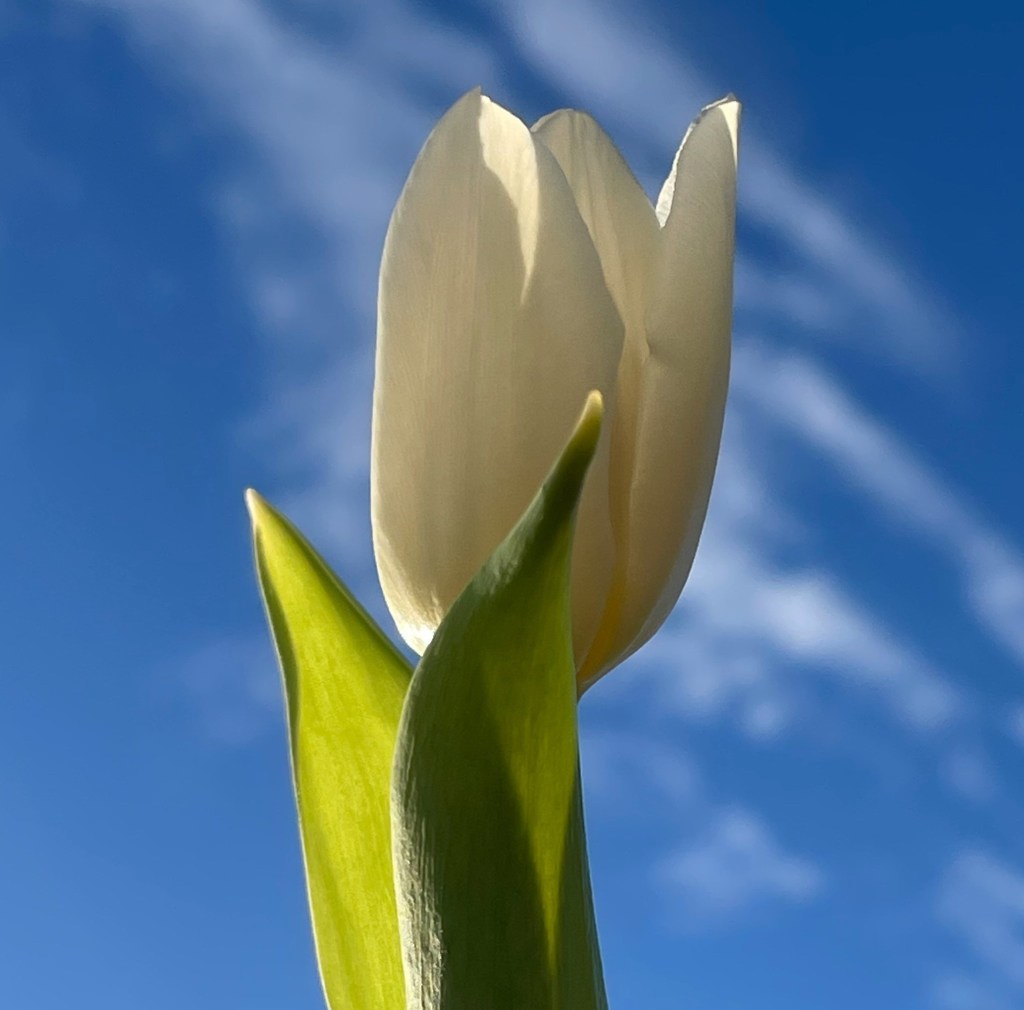

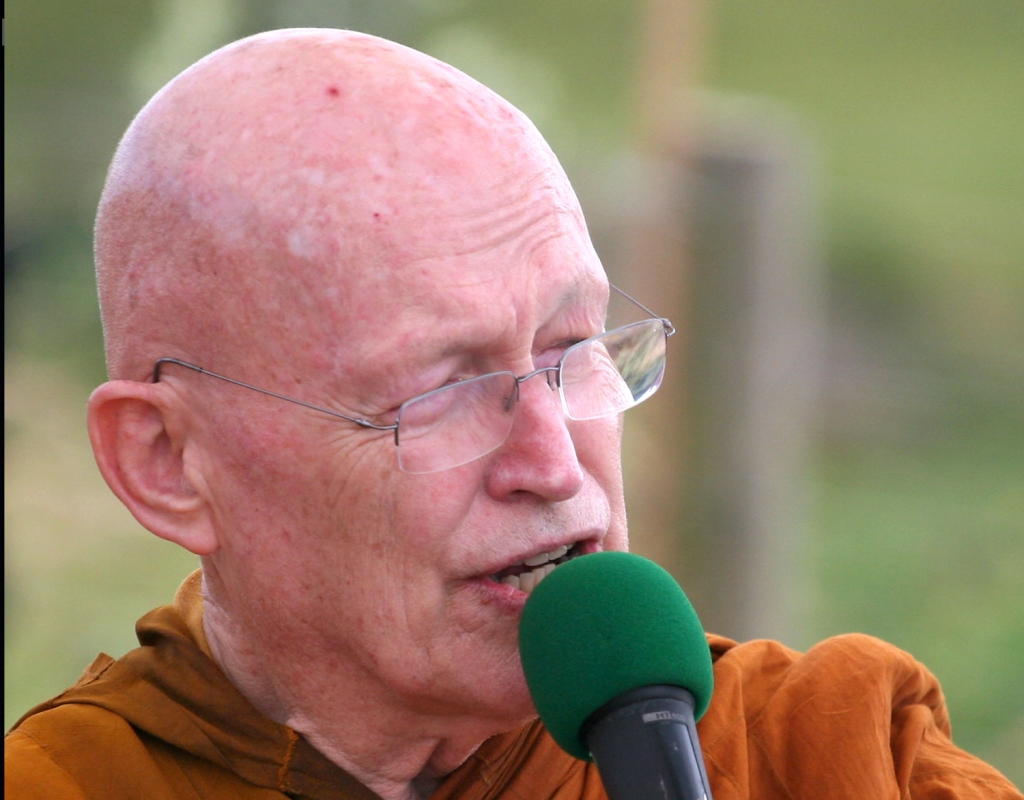



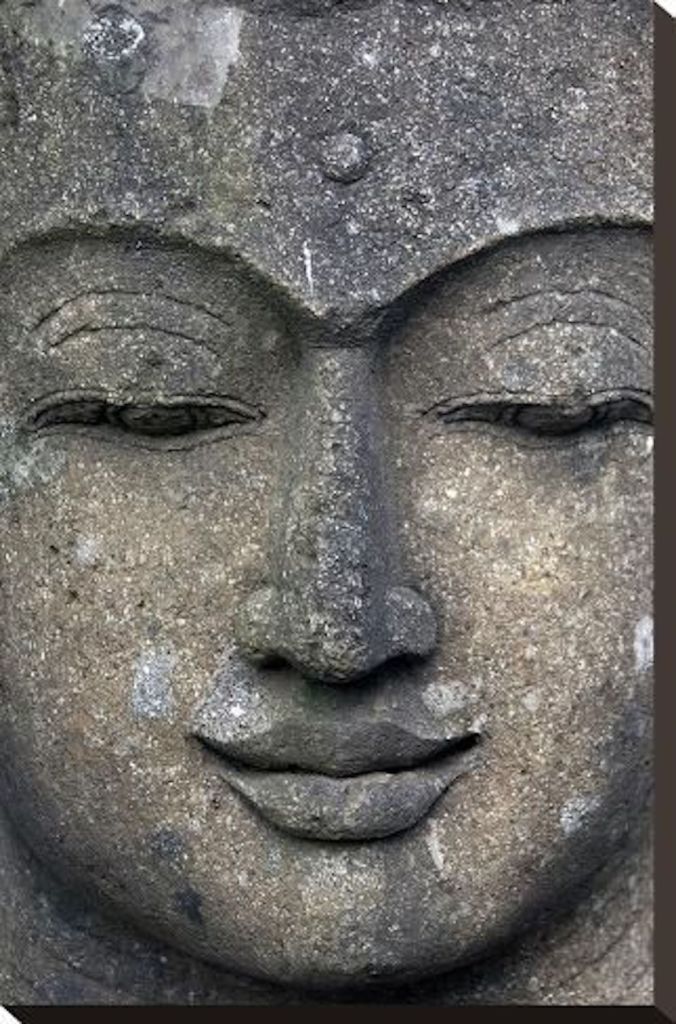
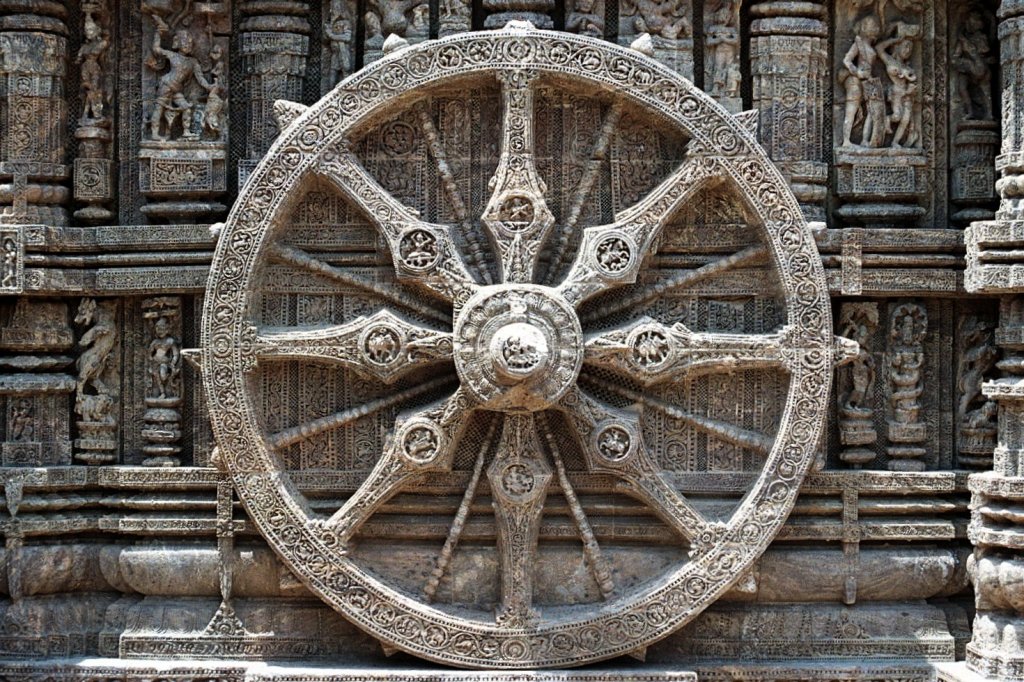
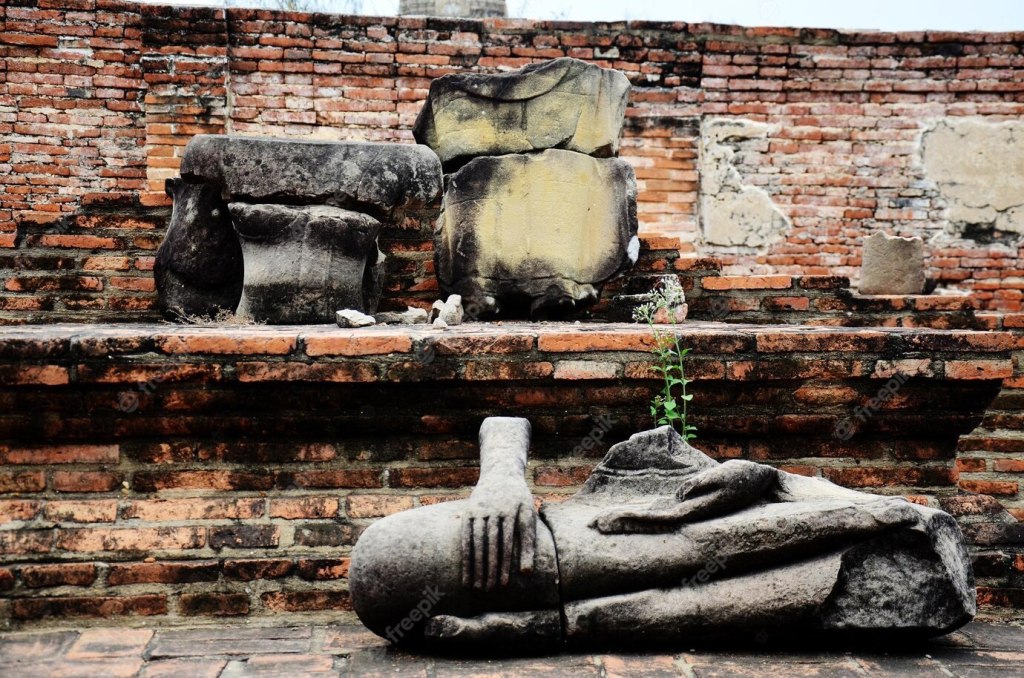
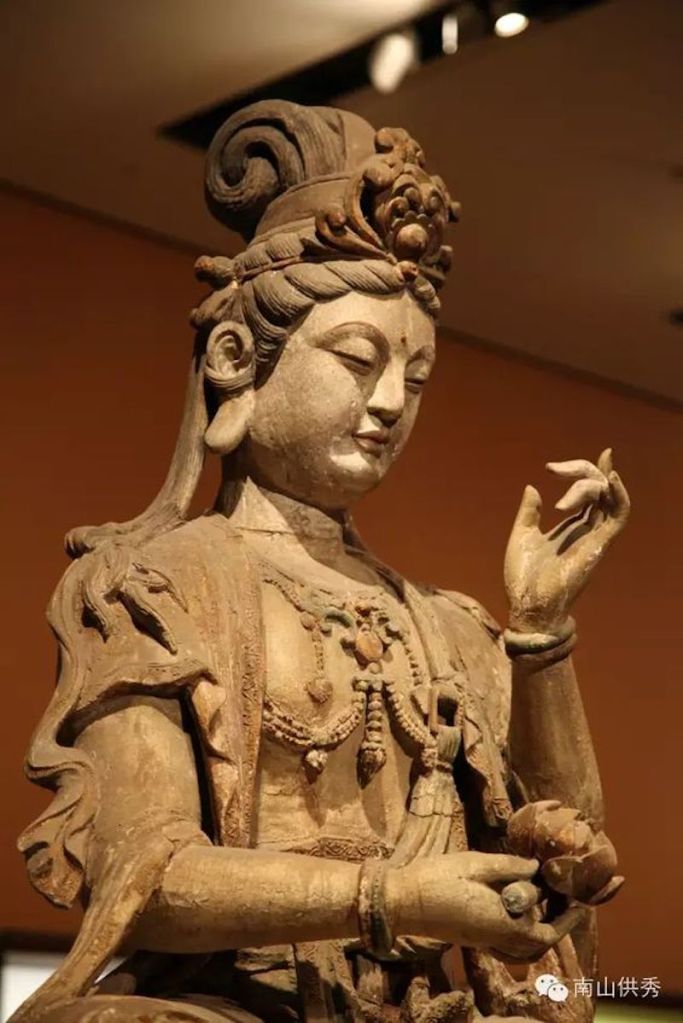

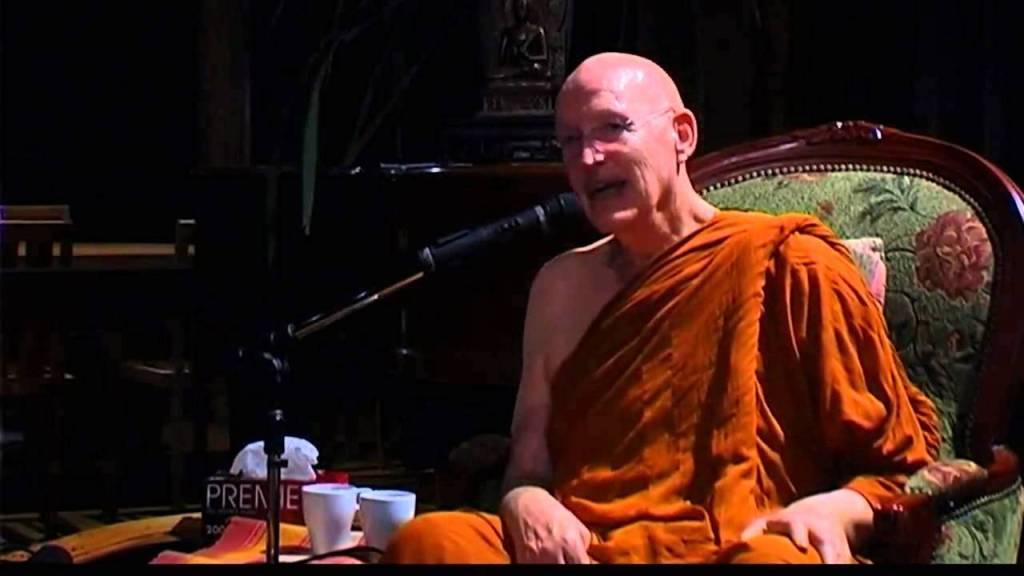









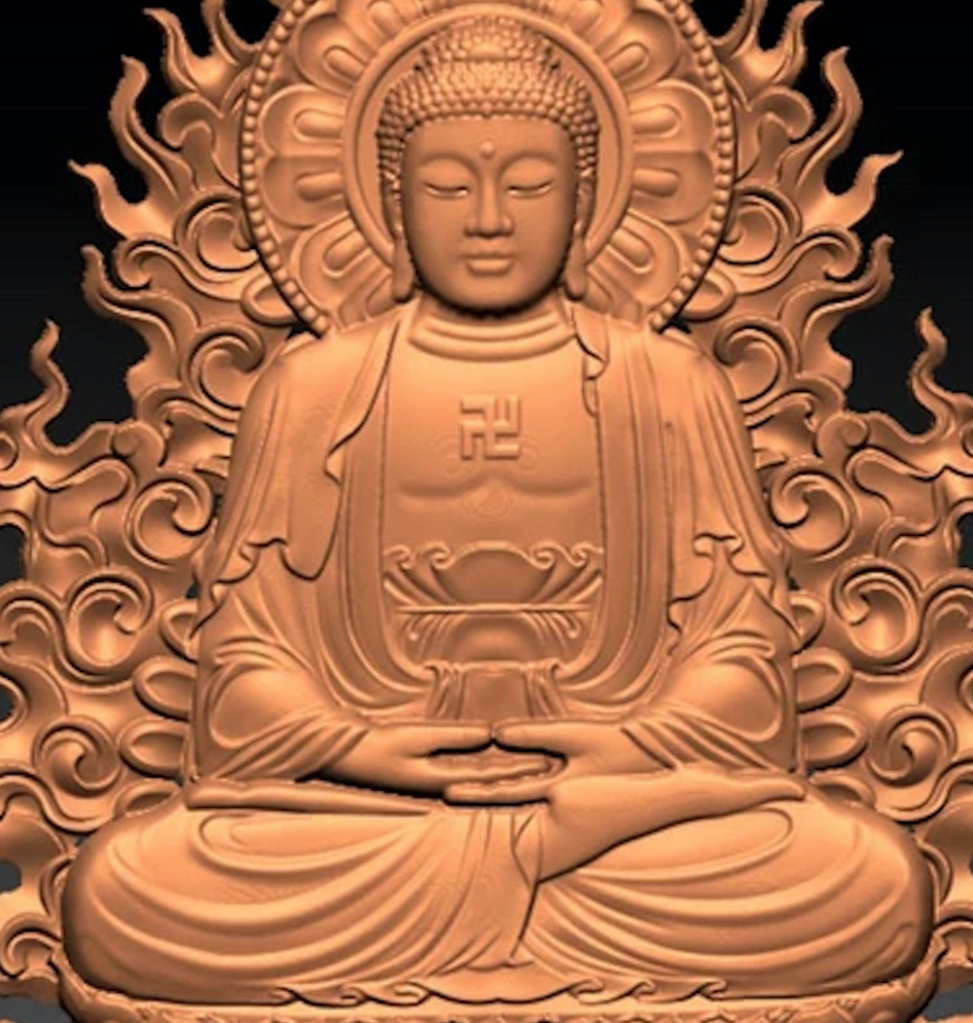
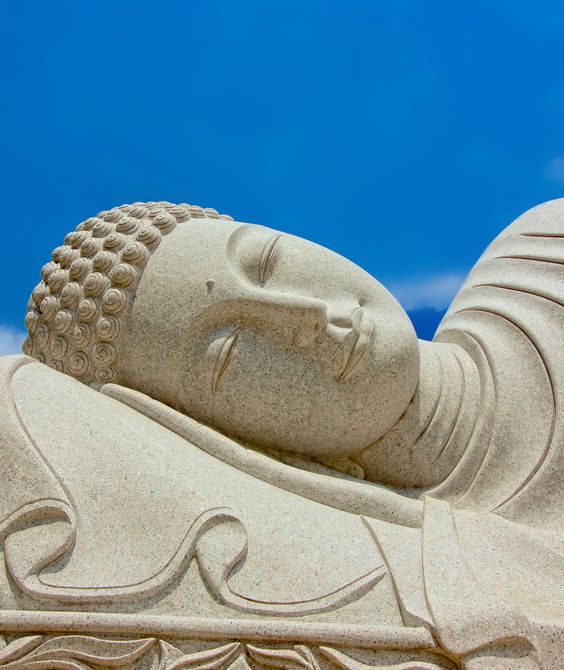
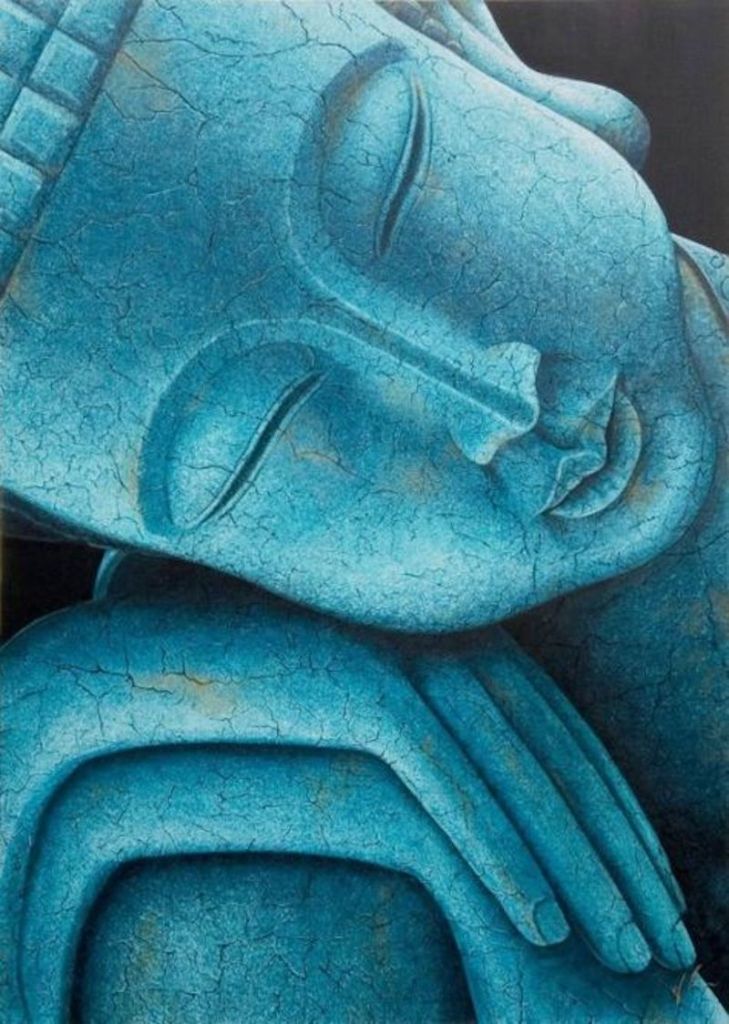


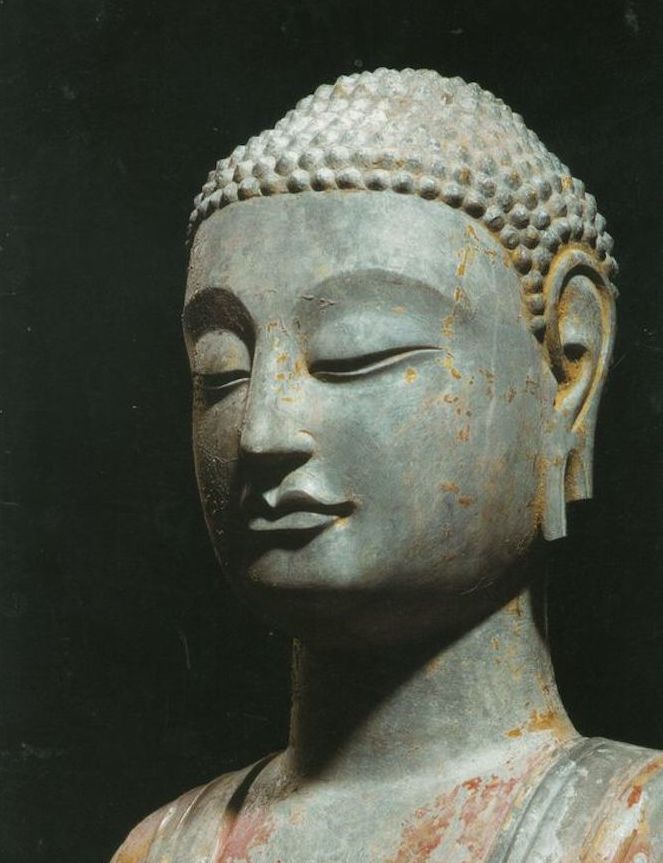



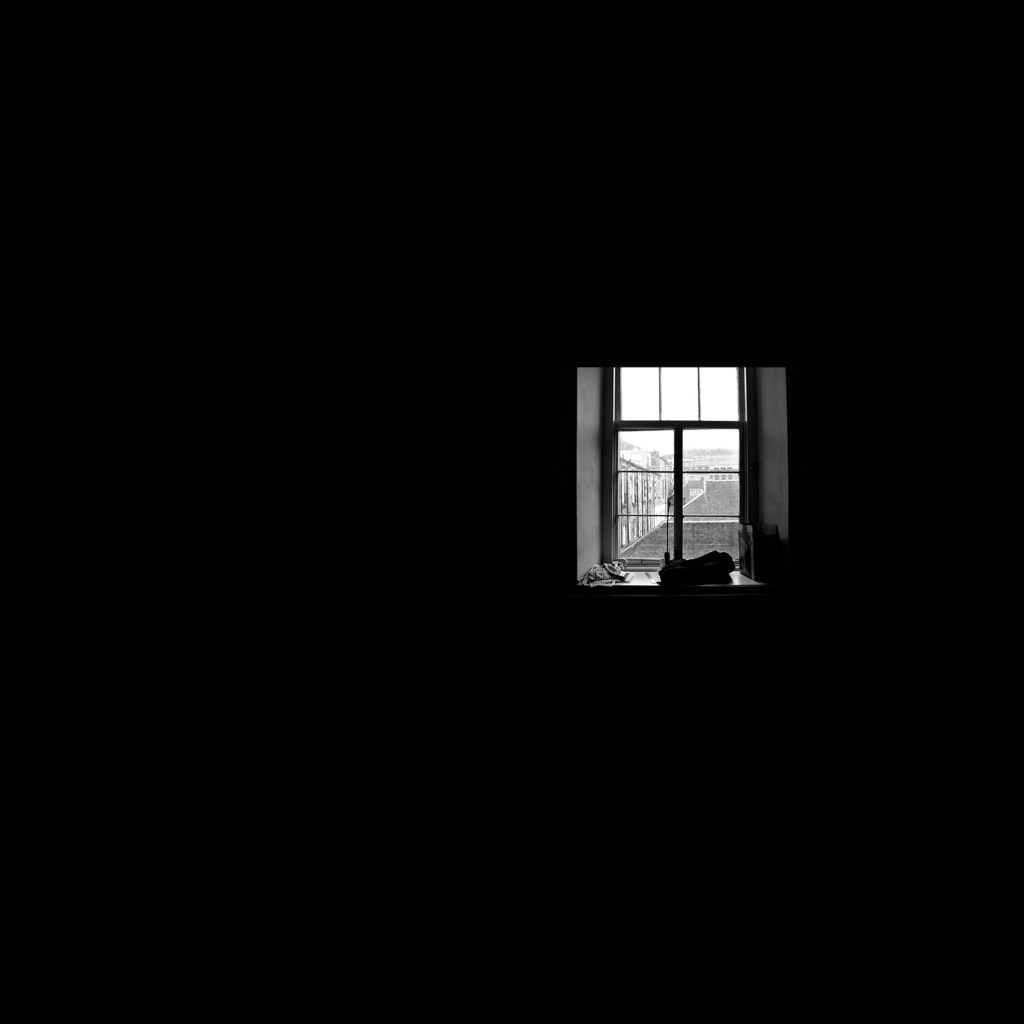

You must be logged in to post a comment.